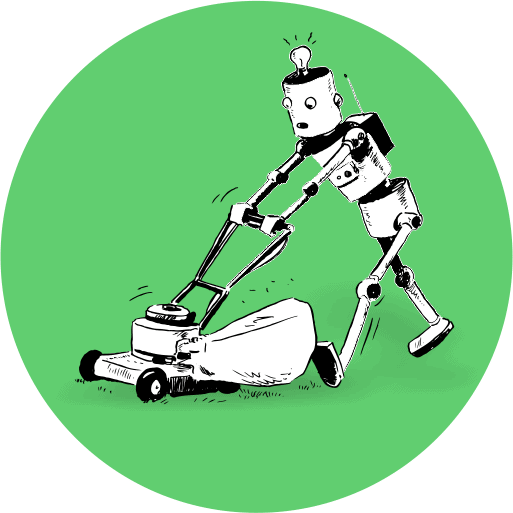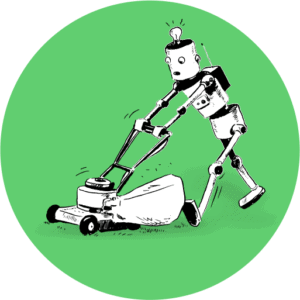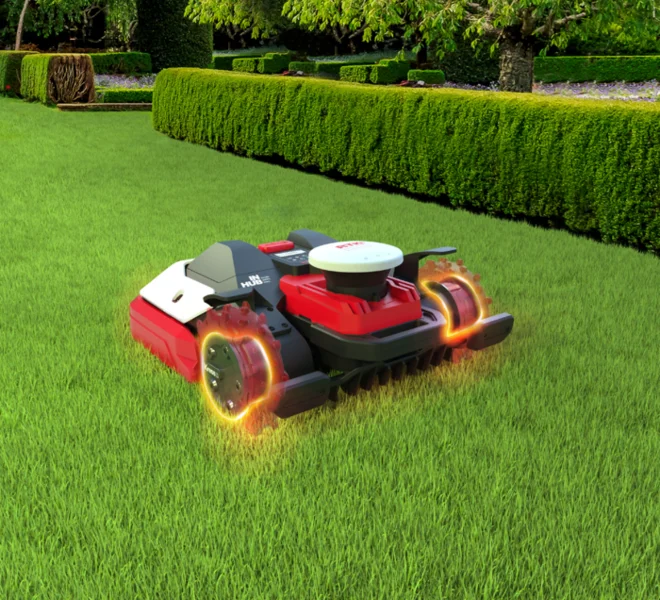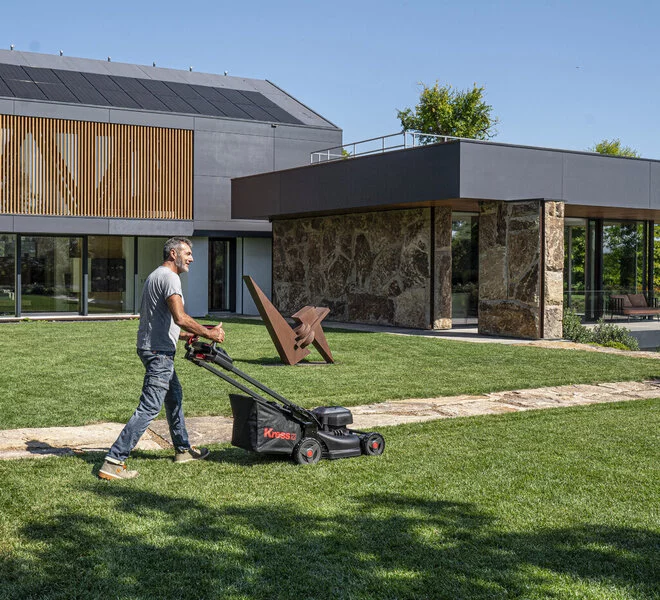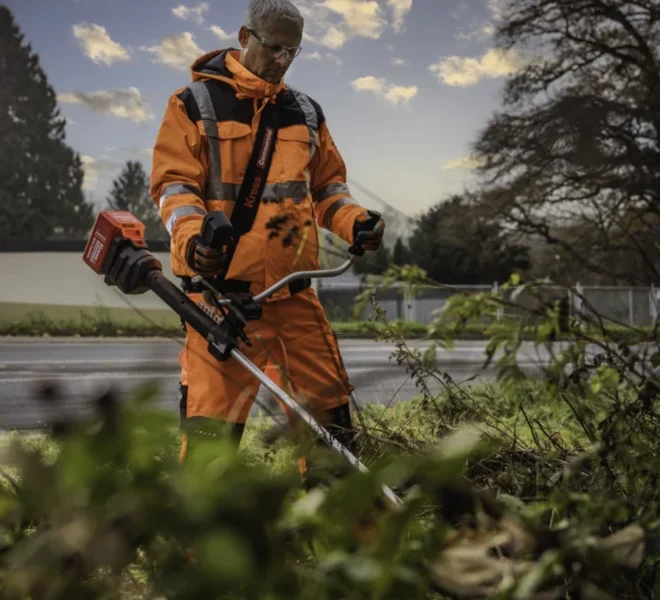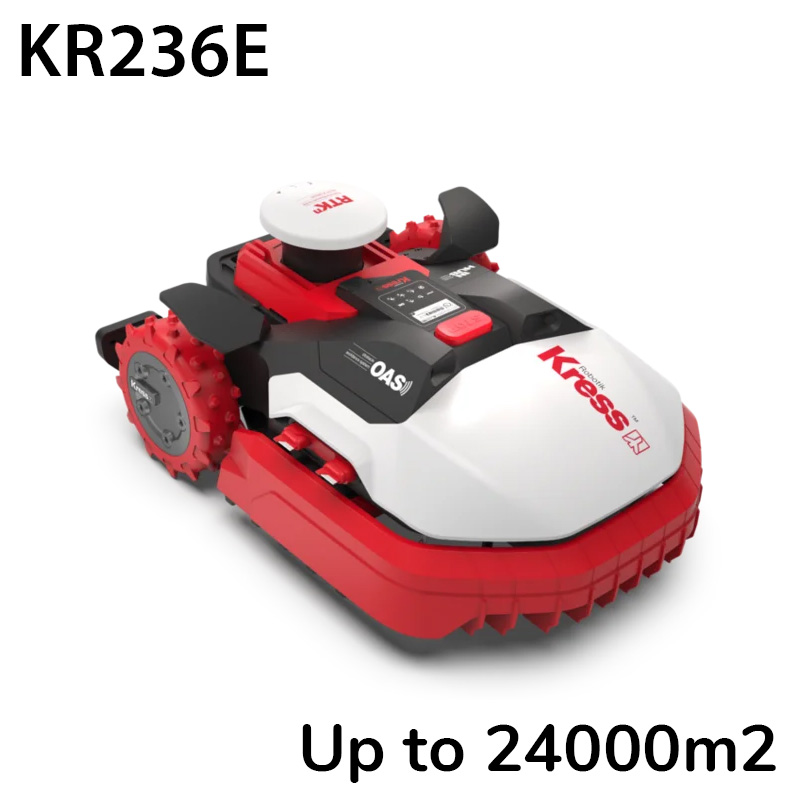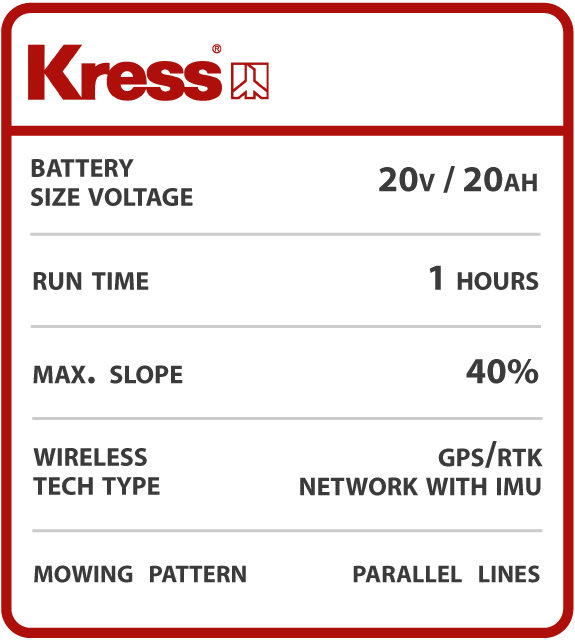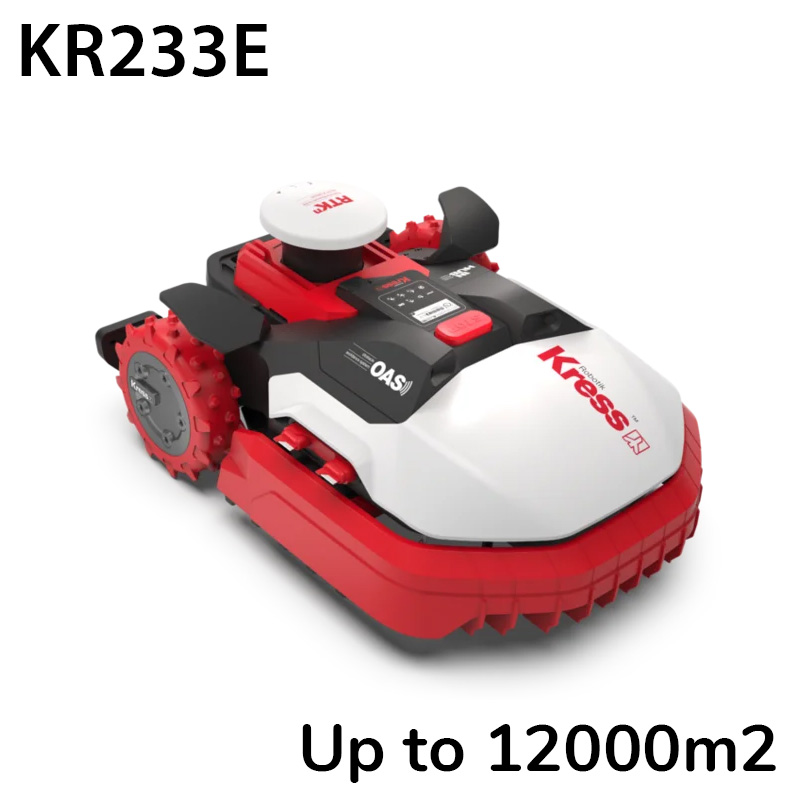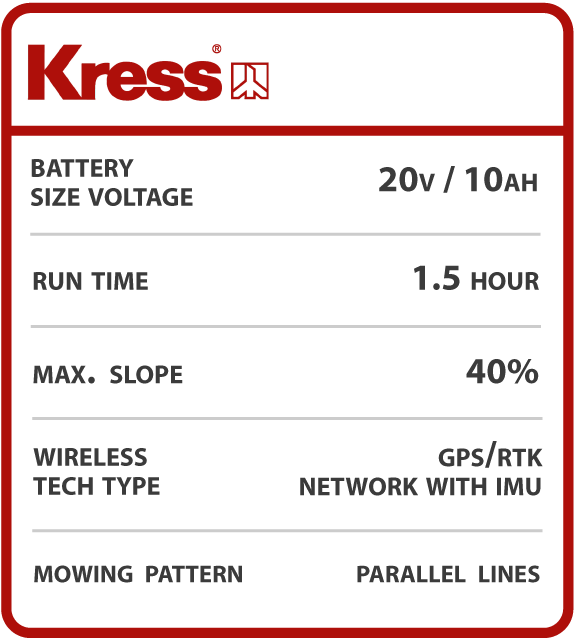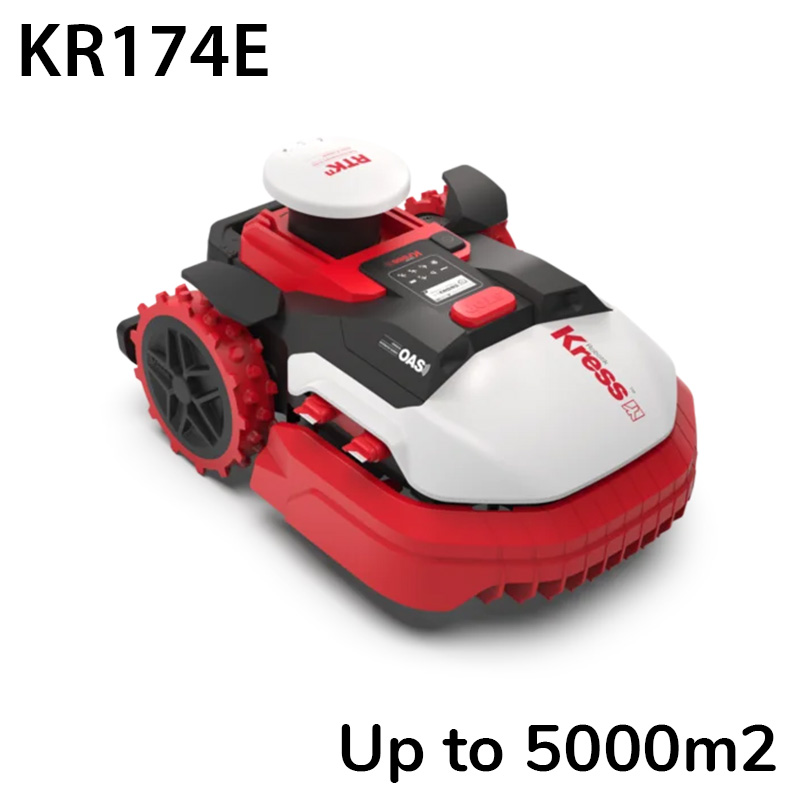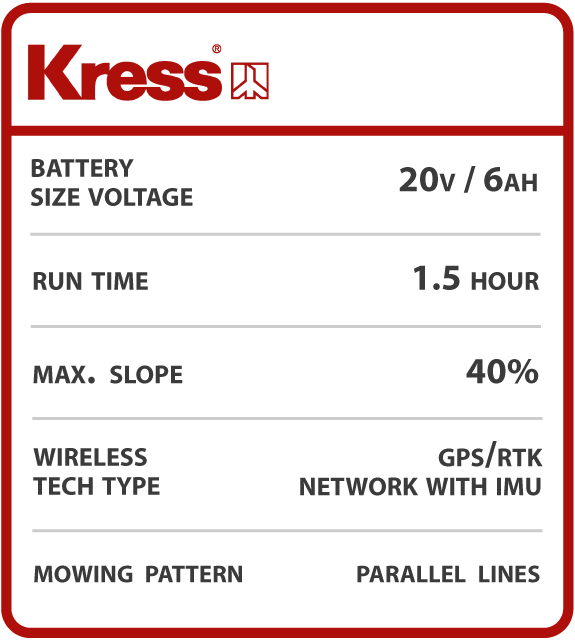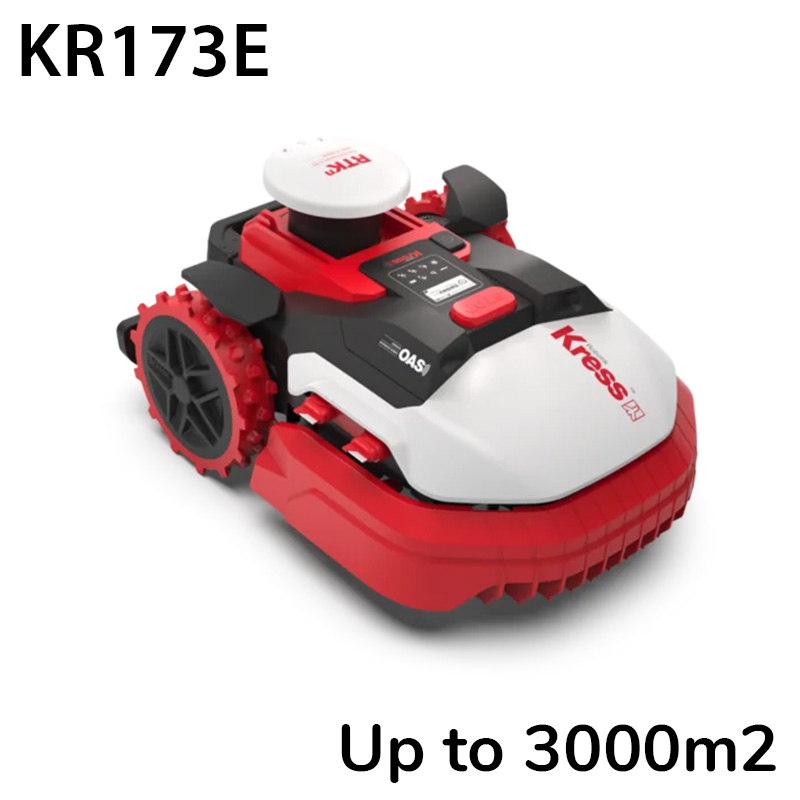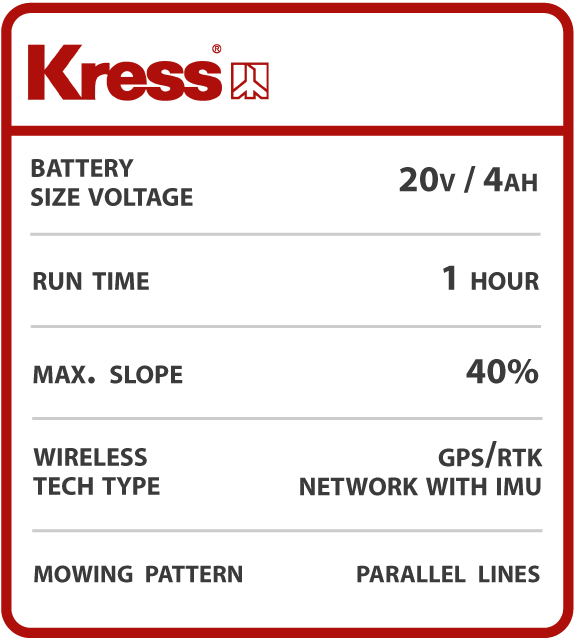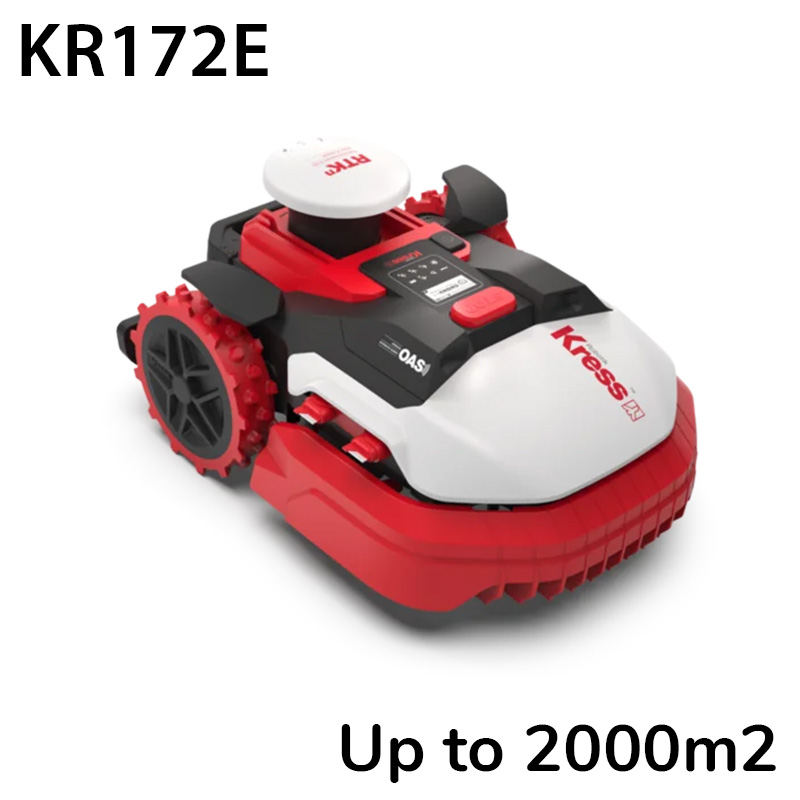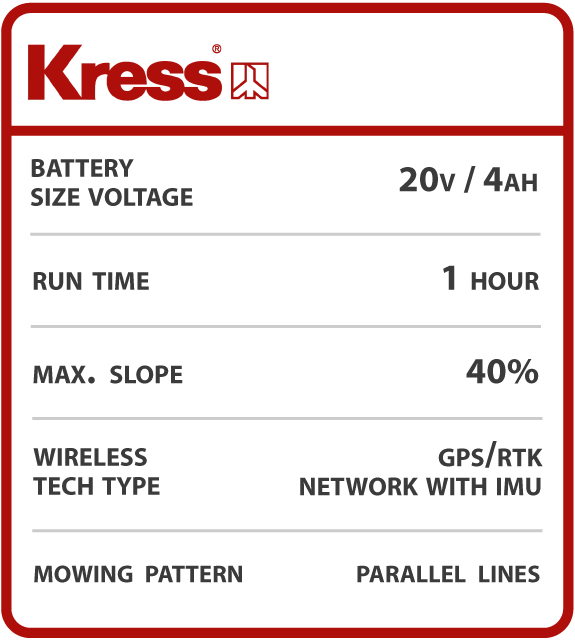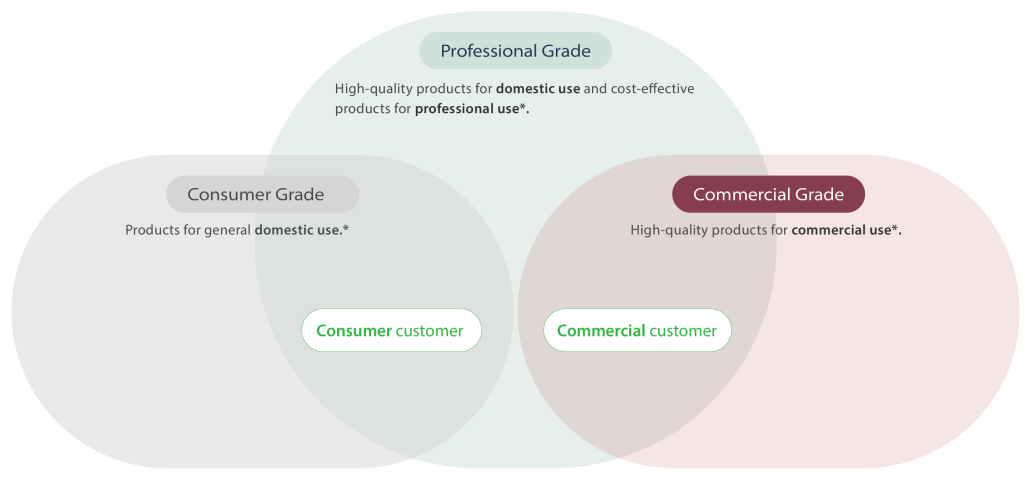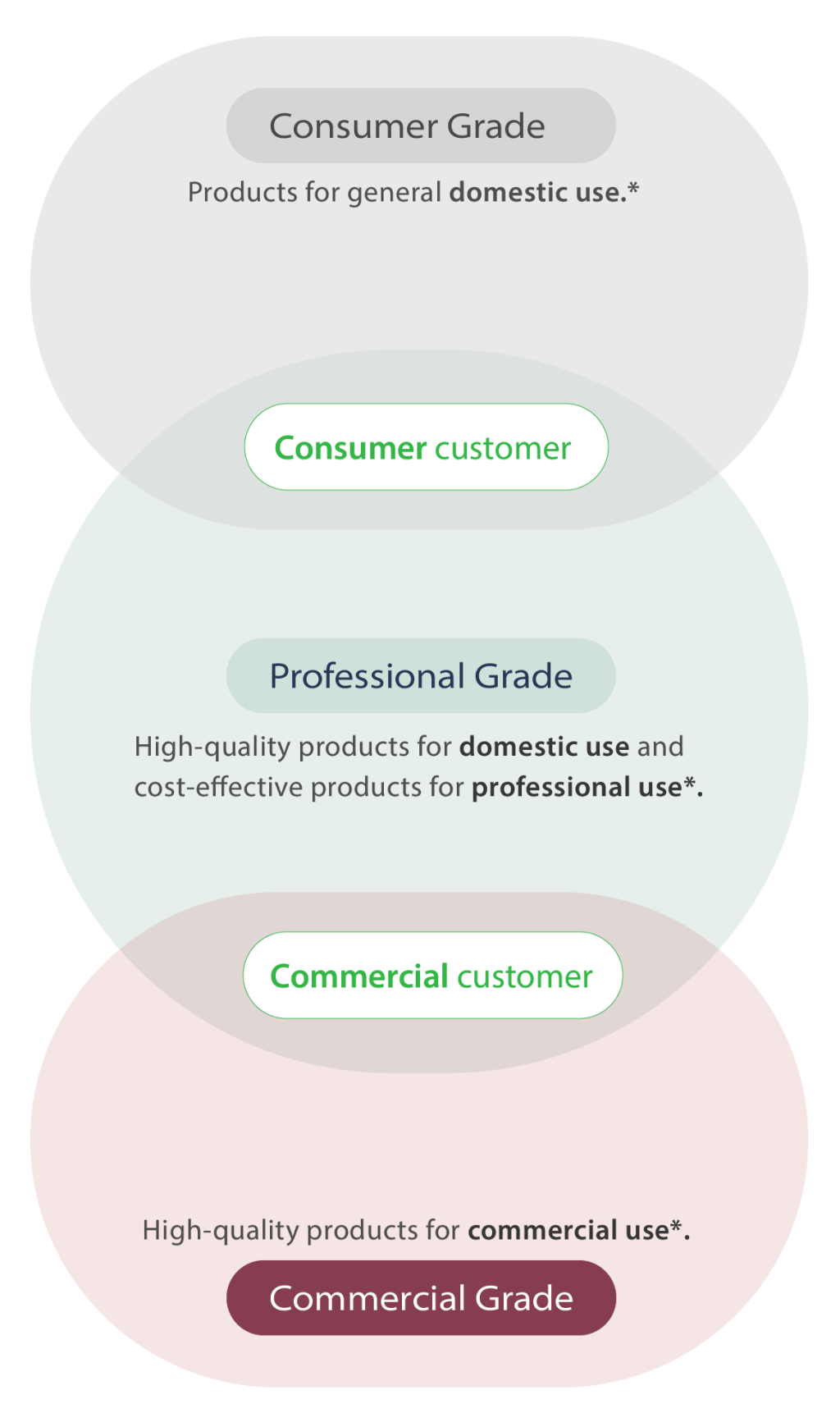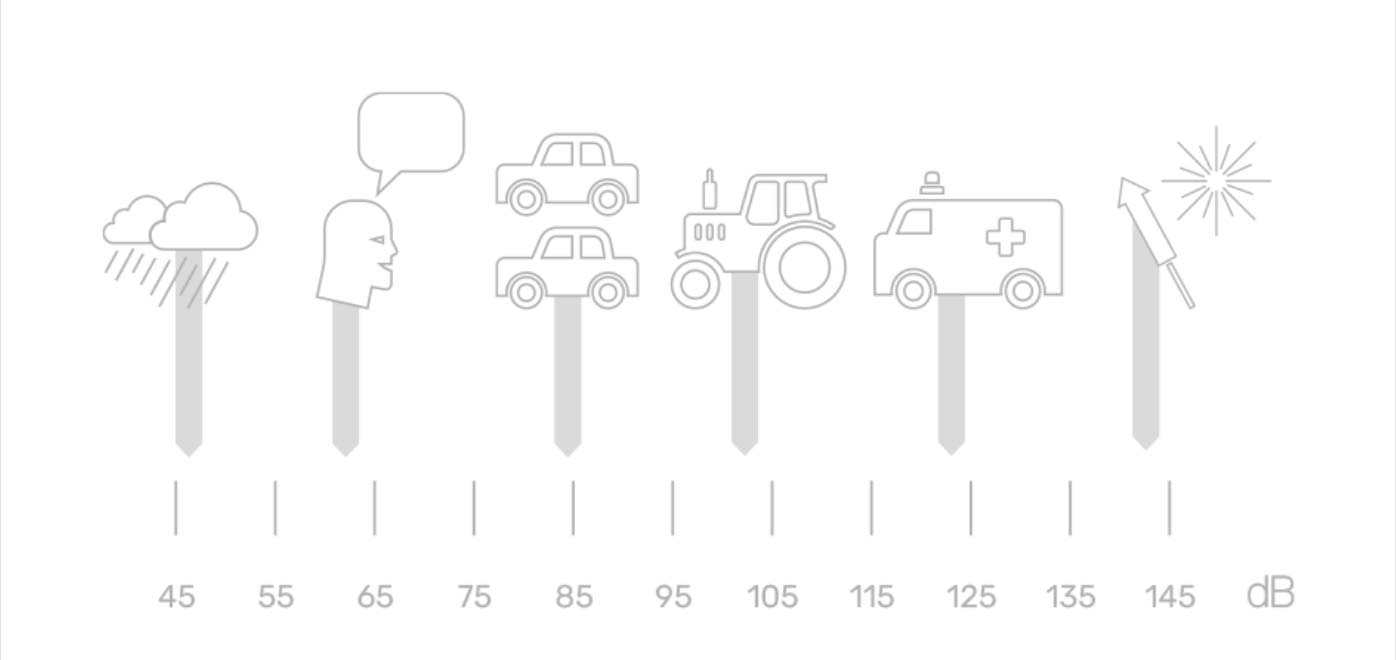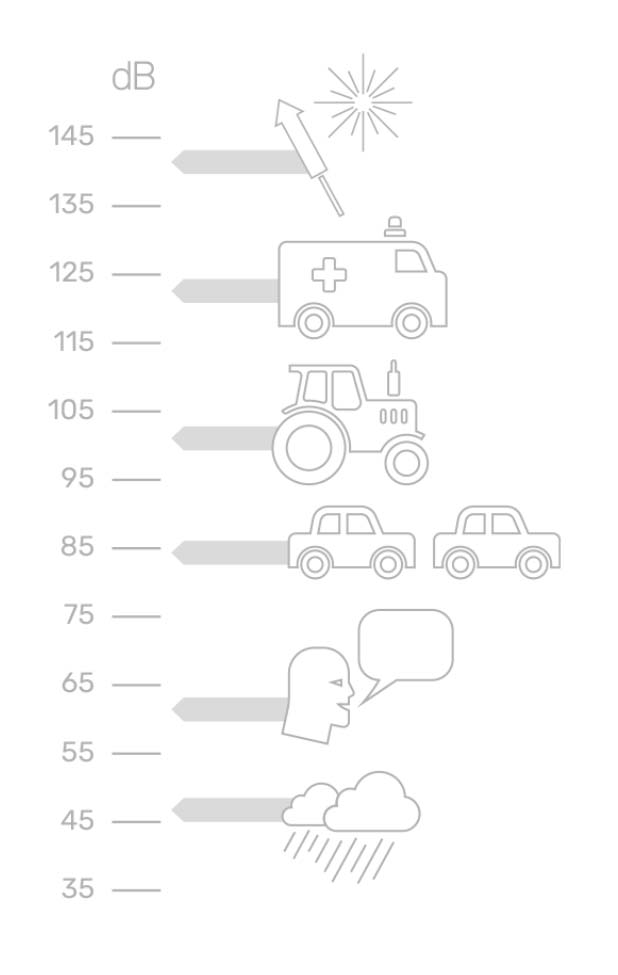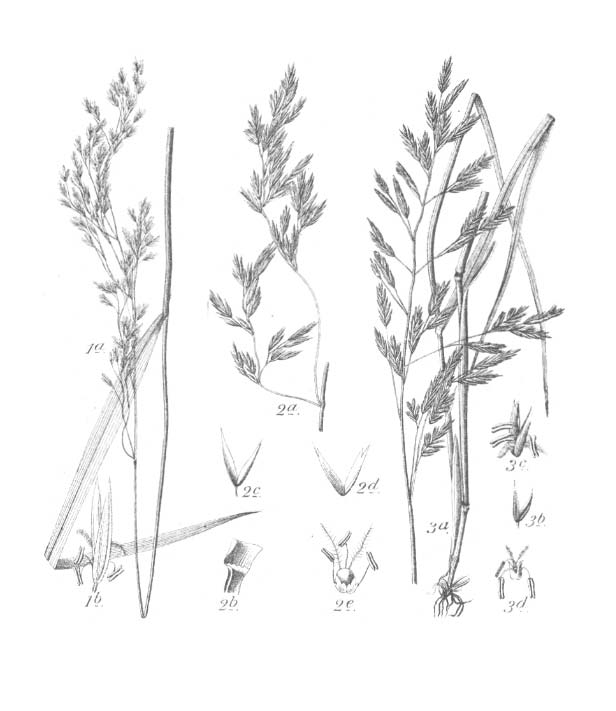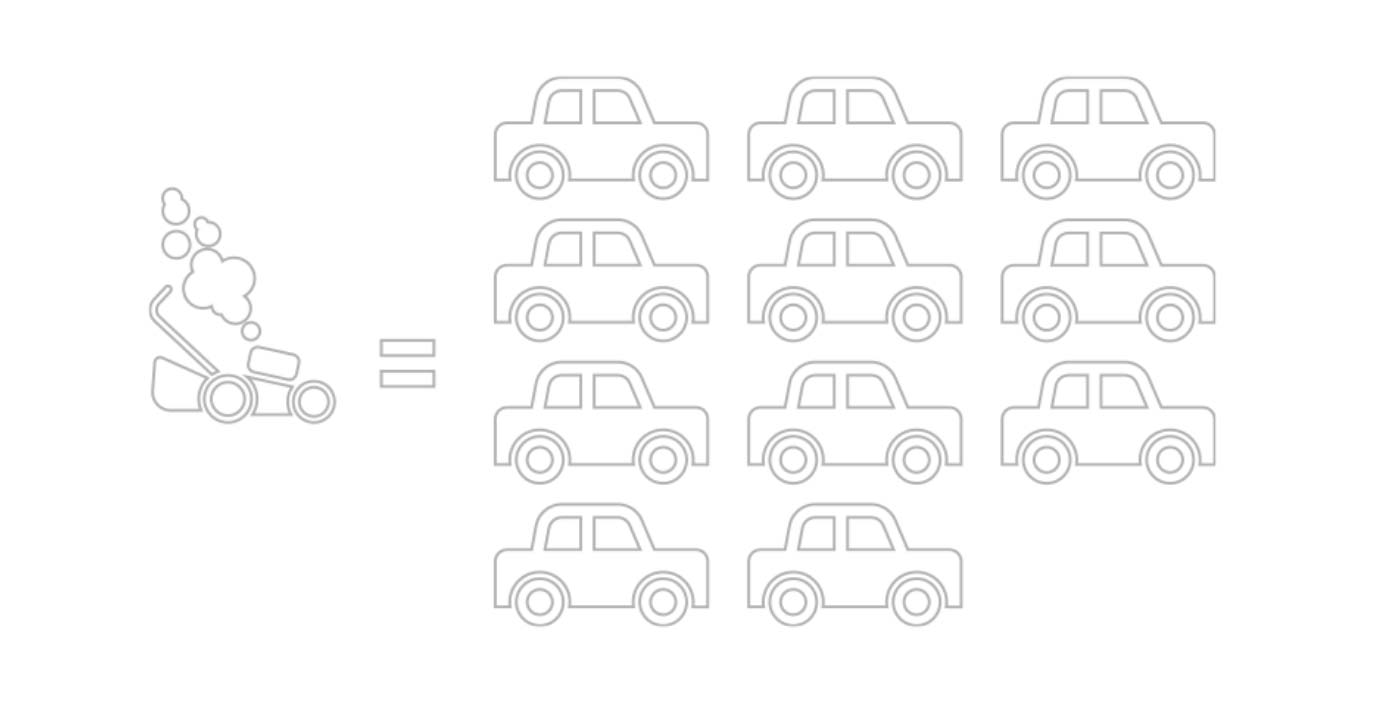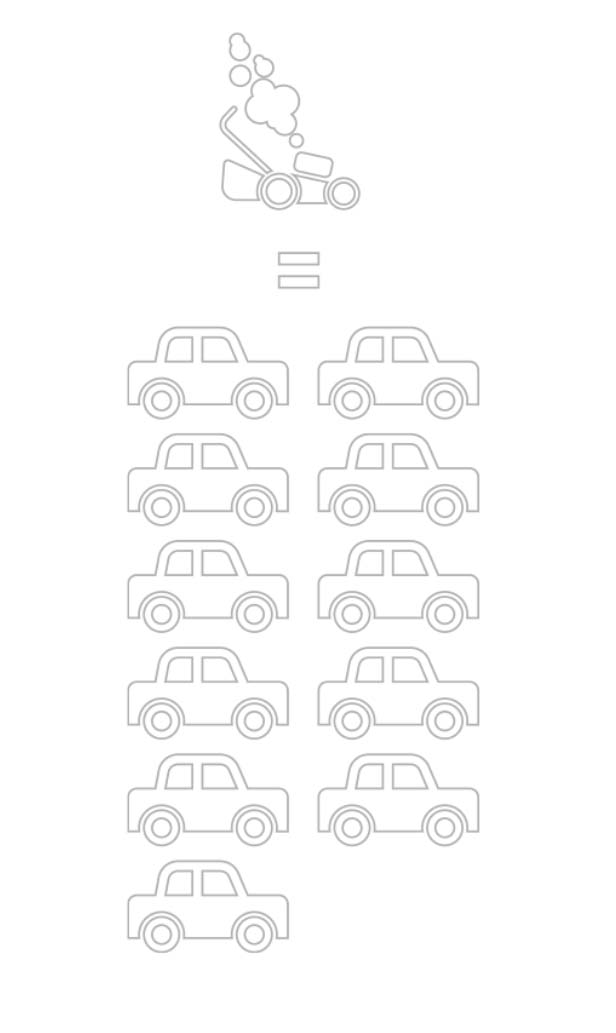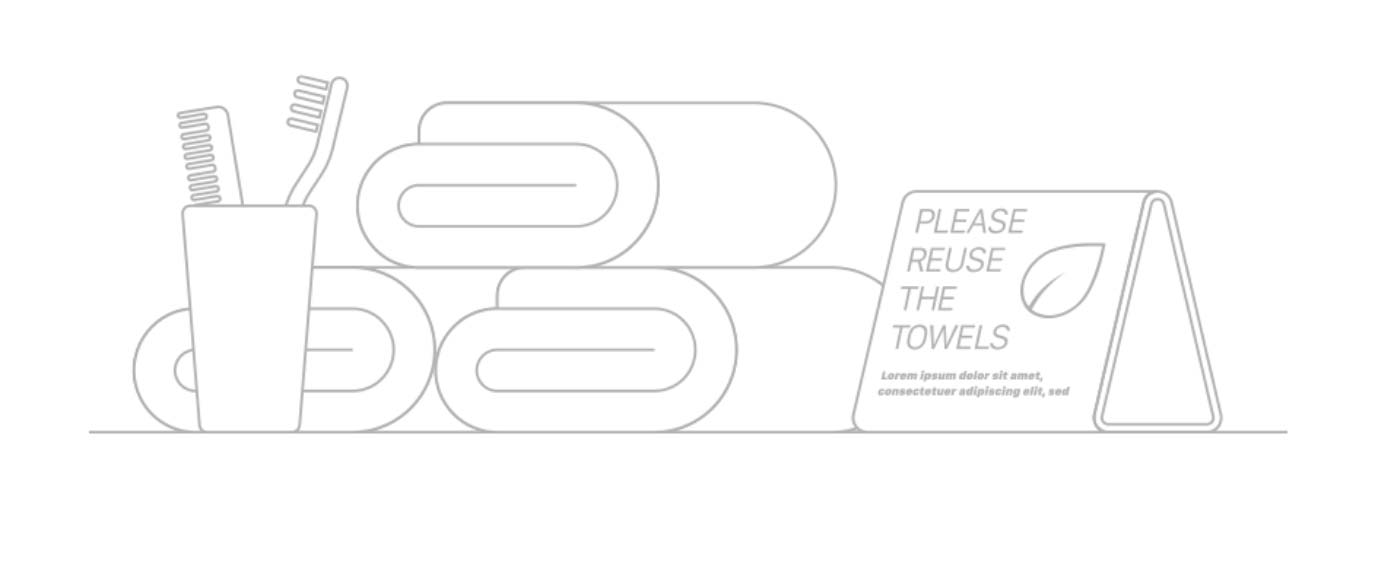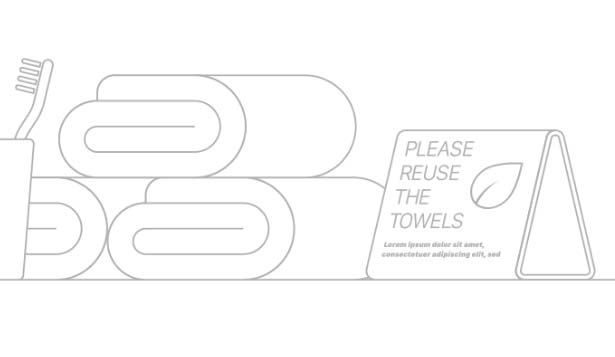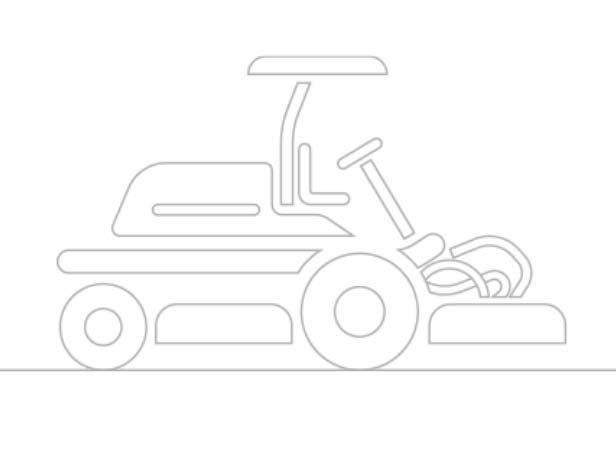Kress robots
Kress robotic mowers redefine lawn care for expansive landscapes. Our innovative, satellite-guided technology tackles large areas without perimeter wires, leaving you free to enjoy a perfectly manicured lawn, effortlessly.


KRESS
Real-time kinematic to the power of network
Once upon a time…
In the past, robot mowers required laying a powered wire along the perimeter of the working area. Mowers used to follow a random pattern, so they could only deal with relatively small lawns. Larger areas still had to be maintained by man-operated lawn tractors or zero turn.
The future of unmanned mowing is now
The new Kress RTKn robot mowers extend unmanned mowing to larger areas. They efficiently operate in parallel lines and autonomously move from an area to another, as if they were driven by humans. No need for boundary wires, nor on-site antennas.
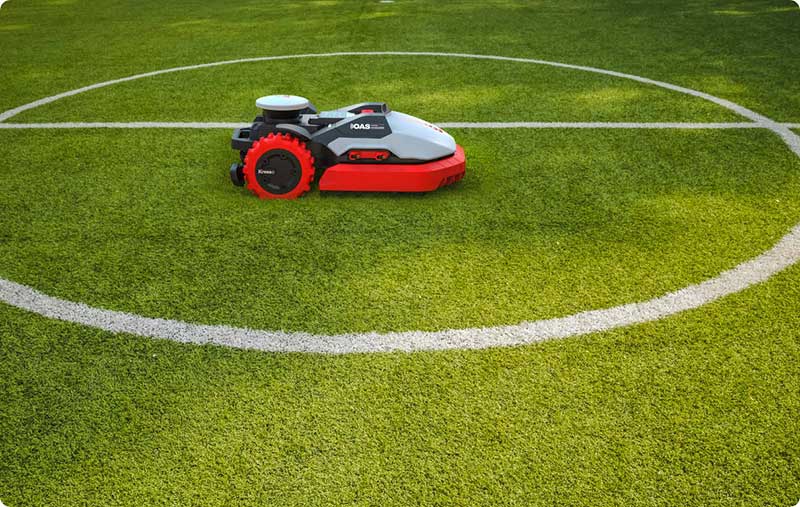

Who will benefit from Kress RTKn
Large properties. Facilities. Sports fields. Golf courses. Public parks. You count them. Unmanned mowing is the ideal solution for countless applications, providing quiet, emissions-free turf management, with an operating cost that is a fraction of manned mowing.
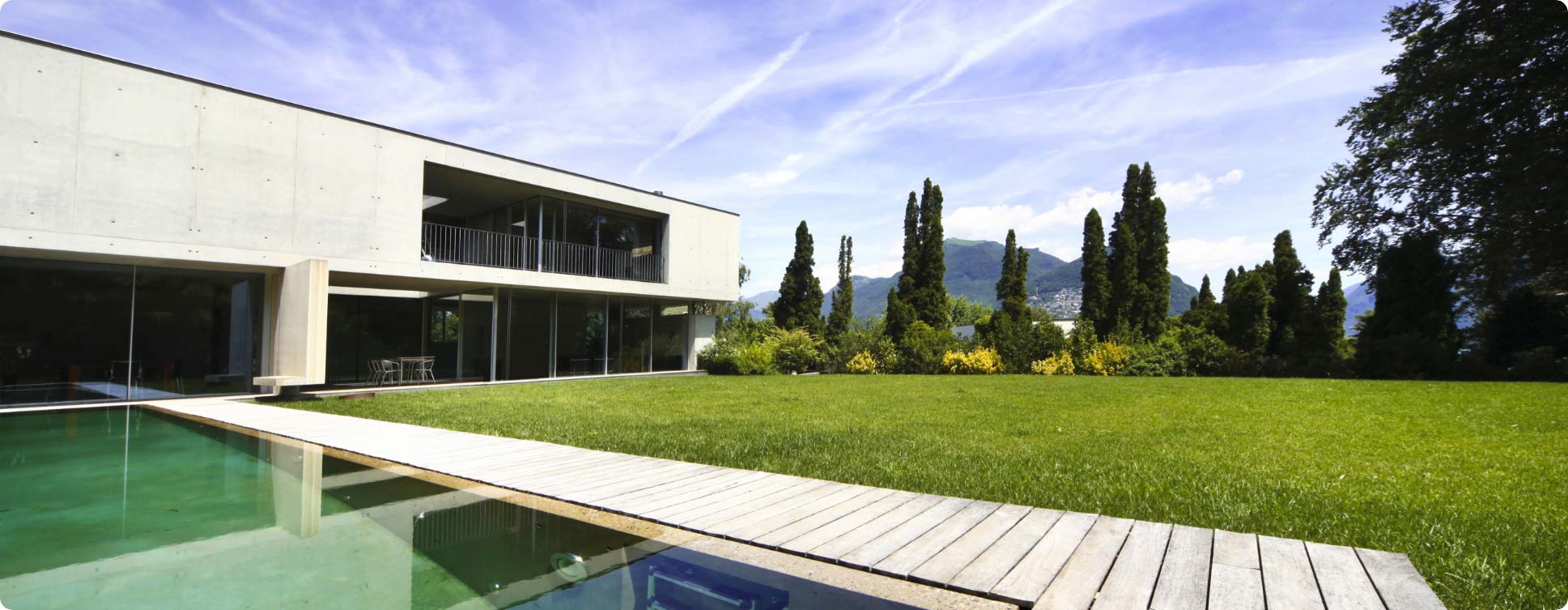

Nothing is better
Robotic mowers that make use of RTK require the installation of at least one station antenna for each lawn, which must be powered and placed in open sky. Kress RTKn delivers centimetre accuracy with no station antenna on site.



Convenient
No extra cost for the station antenna and its installation


Unplugged
No need to bring electricity in the lawn or over the roof for powering the station antenna.


Quick and simple
Once the mapping is done, the mower is ready to go.



Unintrusive
No ugly antennas in the middle of the lawn or on the roof of the house.


Dependable
Nothing can get damaged or stop operation due to electricity blackout.


The advantages of RTK


Quick setup
Once your Kress dealer has mapped the areas and installed the charging station, you’re done. No on-site antennas installation needed.


Convenient
No polluting exhaust fumes, no emissions of greenhouse petrol



Quiet operation
Hotels can get their lawns manicured when customers are asleep.


Efficiency
The mower works in parallel lines, mowing large lawns as quickly as an experienced landscaper.



Operational savings
No labour cost, negligible impact on your energy bill, minimal maintenance expense as compared to ICE mowers.


Stay in the know
With the Kress app on your smartphone, you can control and monitor your mower anytime, anywhere.
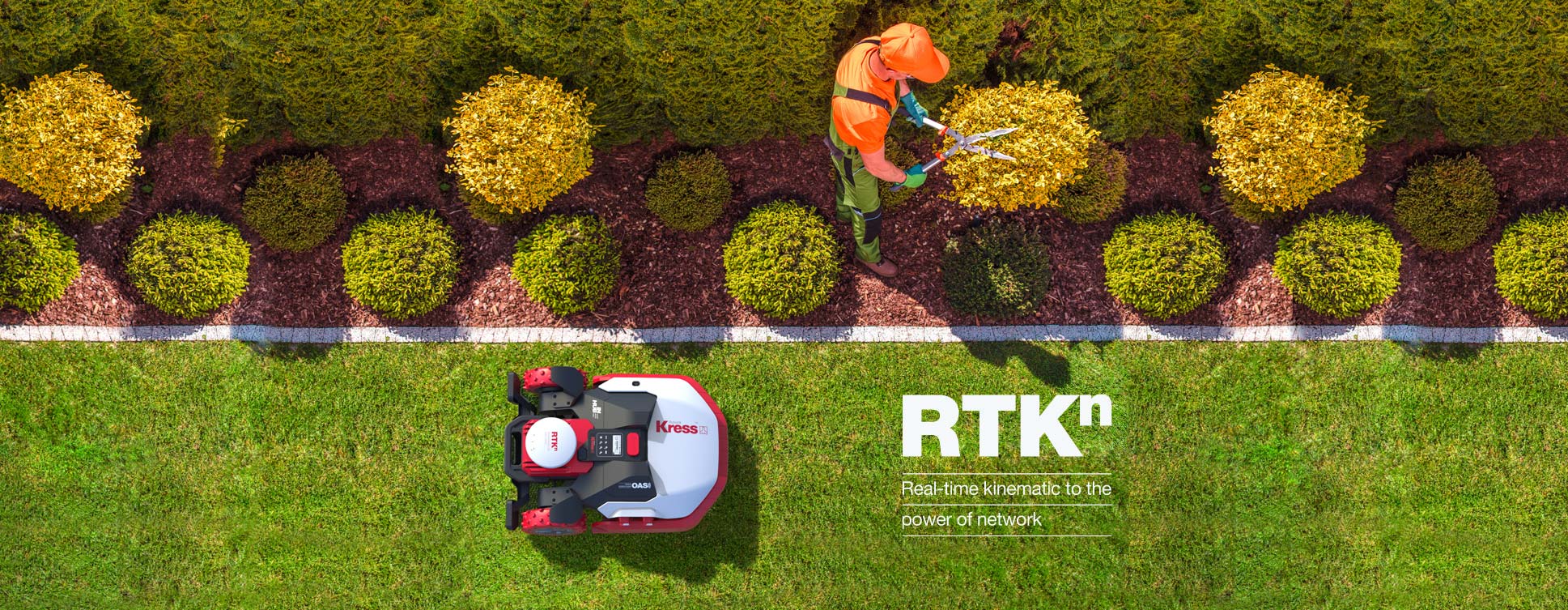

HOW KRESS WORKS
Kress RTKn technology uses the global navigation satellite system (GNSS) to get autonomous geo-spatial positioning with 2 to 5 meters accuracy, then applies real-time kinematic (RTK) correction data to achieve centimeter-level accuracy.
RTKn: position accuracy to the power of network
To ensure centimeter-level accuracy, Kress’ expanding proprietary network of reference GNSS receivers continuously delivers RTK correction data to your mower via the mobile phone network.
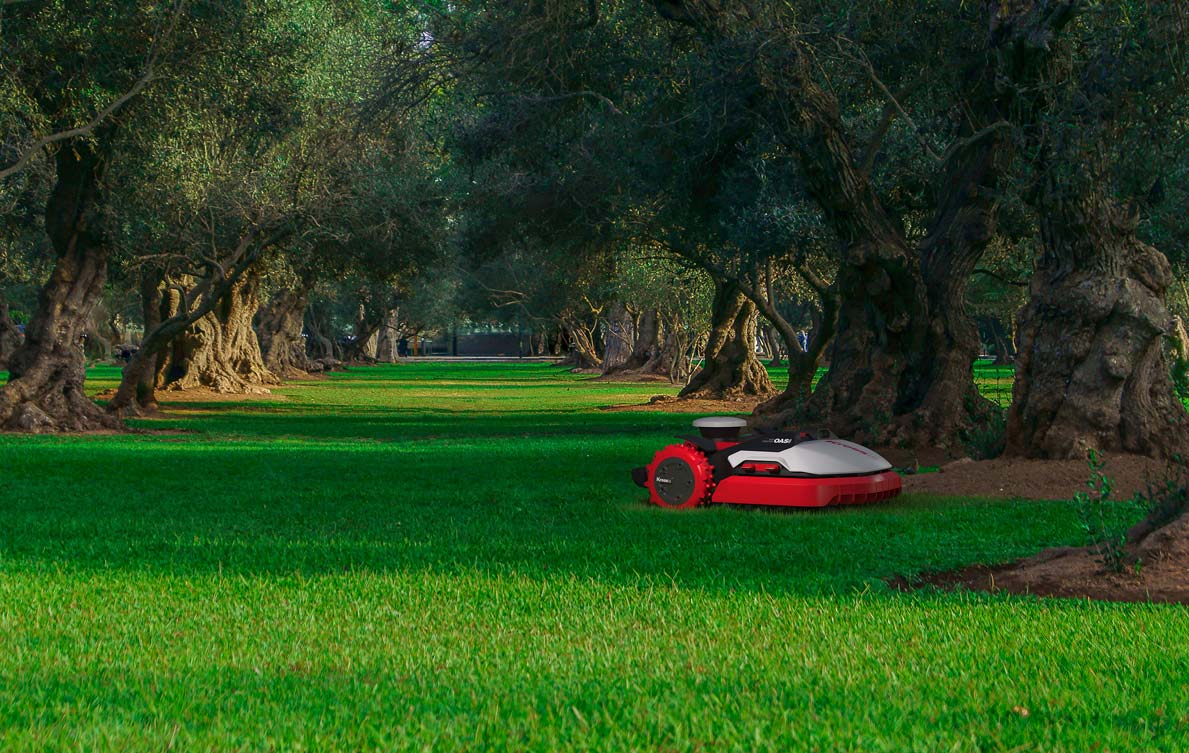

What if there’s poor satellite signal
A number of factors can degrade satellite positioning accuracy. Should satellite signals be blocked by buildings and trees, not even RTK correction data could help. Here’s where inertial navigation and odometry take over to precisely route the mower until it reaches an open sky area and satellite navigation is restored.
Kress micro-manages your lawn with Multi Zone setup
Kress RTKn technology will finally let you have direct, precise control over distinct mowing zones. Just open your mobile app, mark the zones, and in case there’s a paved road or a road in between, trace a path for your Mission mower to reach them.
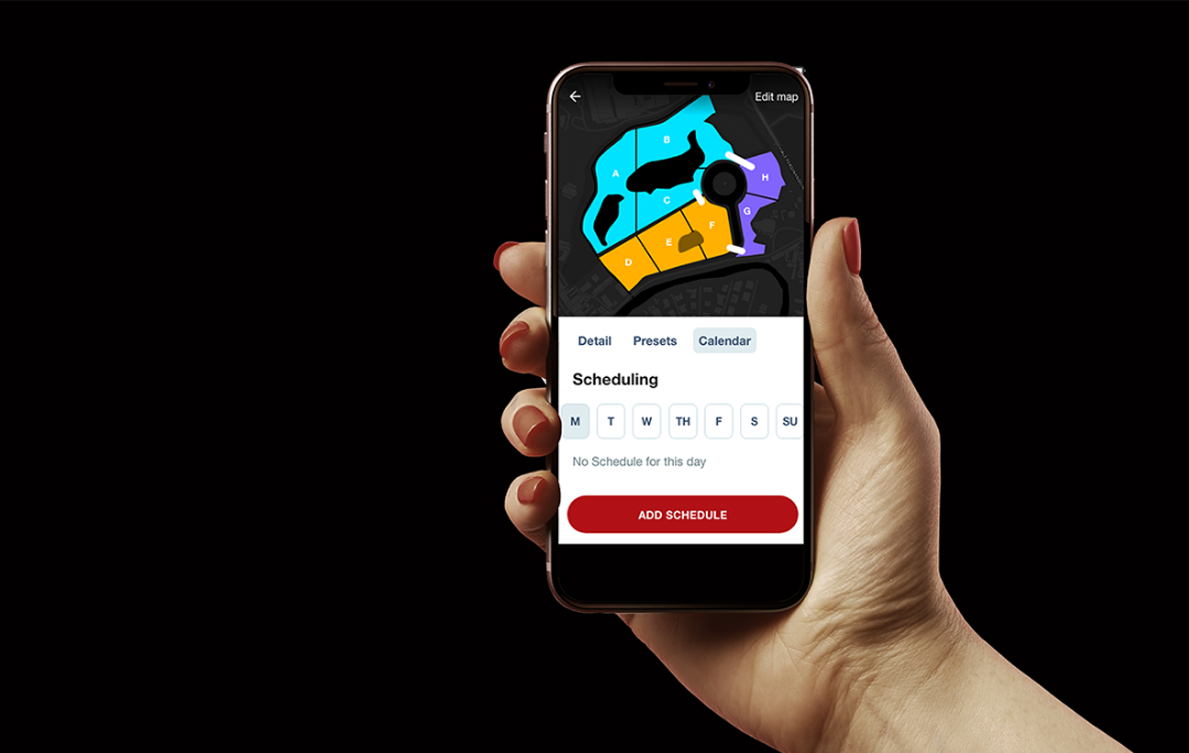

Stay in control with Kress
Mission RTKn is the ultimate app to manage your satellite-guided robot mower. Create new maps and working schedules. Manage charging stations and set up multiple working zones, and more. Download the app here.
KRESS Business Solutions
Facilities and sports clubs
If there’s a lawn, here’s how Kress can help you.
Whether your business is managing commercial, institutional, residential, industrial or public facilities, switching from contracted lawn mowing to a Kress robotic mower will make a positive change.
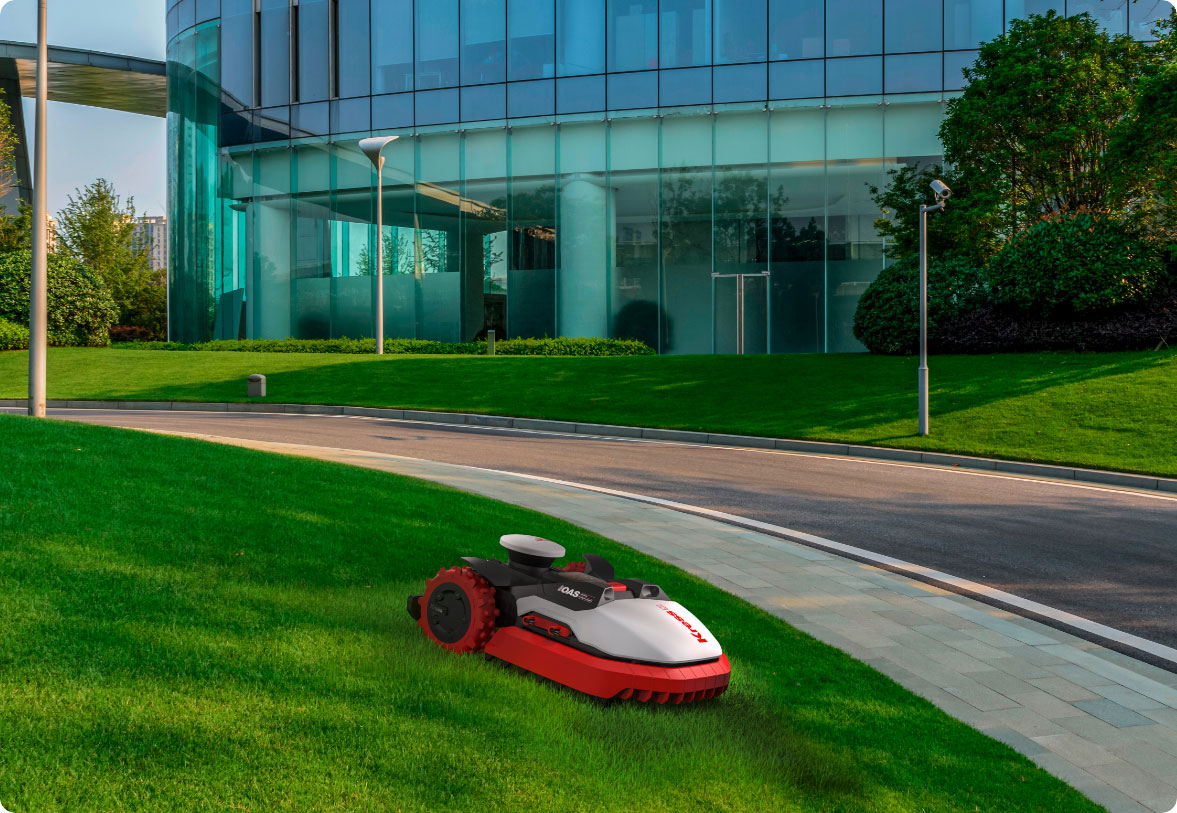

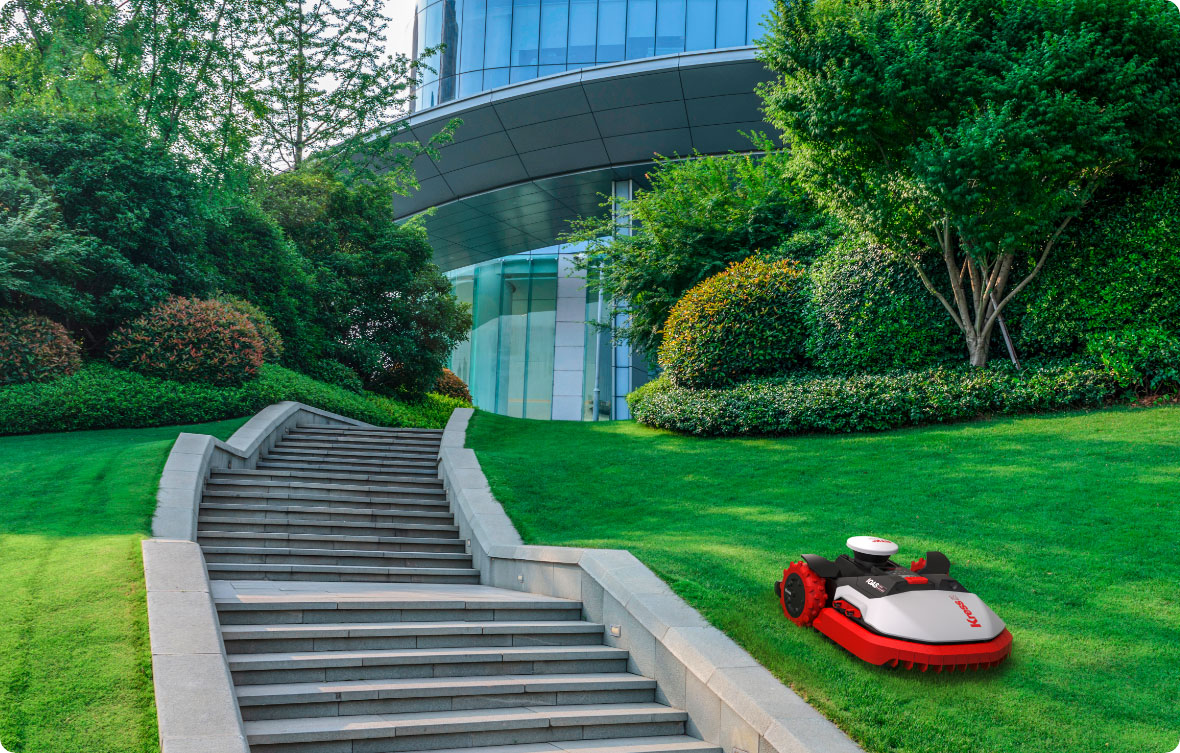

Better for the planet, better for your business.
Kress robotic mowers reduce your facility’s carbon footprint and make it a more pleasant place to work and live. Business-wise, they reset the cost of labour, reduce the need for water and nutrients, and cut the turf renovation cost.


Re-shape your facility’s soundscape
Petrol-powered mowers can be heard half a kilometre away. Each time your lawn is serviced, it creates a disruptive and unpleasant environment, which has a negative impact on the well-being, productivity, and enjoyment of people using the space. Kress robotic mowers are so quiet that none will even notice they’re working.


Your best turf ever
Turfgrass experts indicate frequent mowing as the key factor for achieving a healthy, dense and attractive lawn, as it stimulates grass to produce new shoots and leaves. Robotic lawn mowers are designed for mowing day in and day out and can operate nighttime, without interfering with the availability of the lawn.


Mow down pollution
Petrol-powered lawn mowers’ emissions are an issue you shouldn’t neglect. They harm the environment and the health of those using outdoor spaces: a petrol-powered lawn mower operating for one hour produces the same amount of pollution as a car driven for 160 kilometres. Kress robotic mowers are zero emissions.


Trim your grass, snip your costs
Switch from conventional lawn service to robotic mowing and eliminate labour expenses. If you own the mowing equipment, achieve further savings from fuel and maintenance costs.
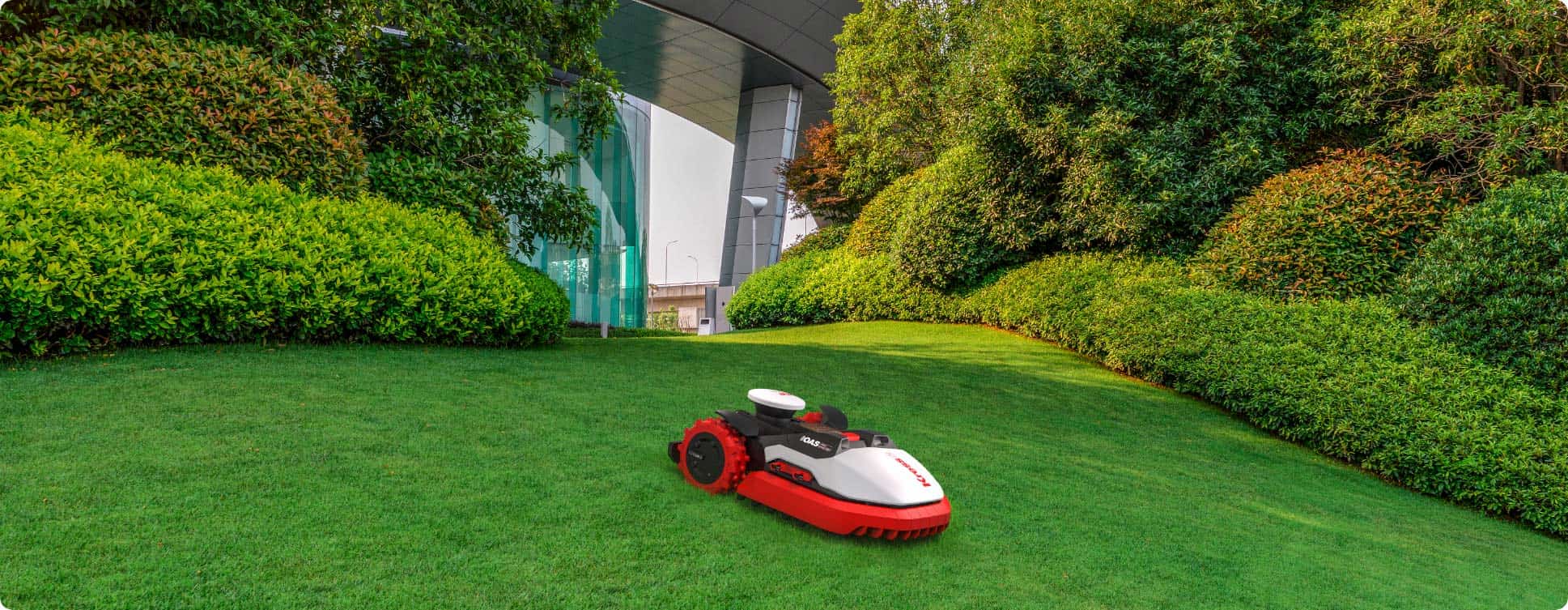

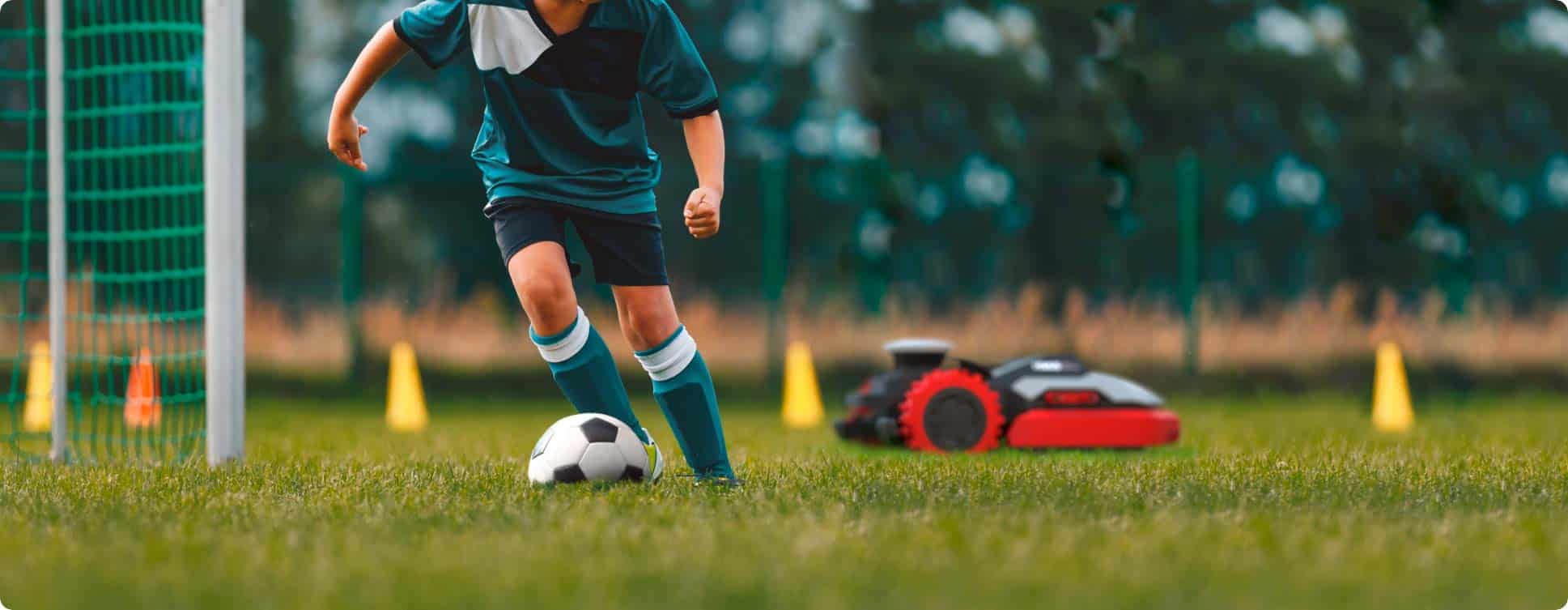

Unmanned daily turf care
Sports fields demand way more frequent mowing compared to other facilities. Transitioning from manned to autonomous mowing offers the clear advantage of eliminating labour expenses from the equation, whilst keeping the field healthier and the environment unharmed.
